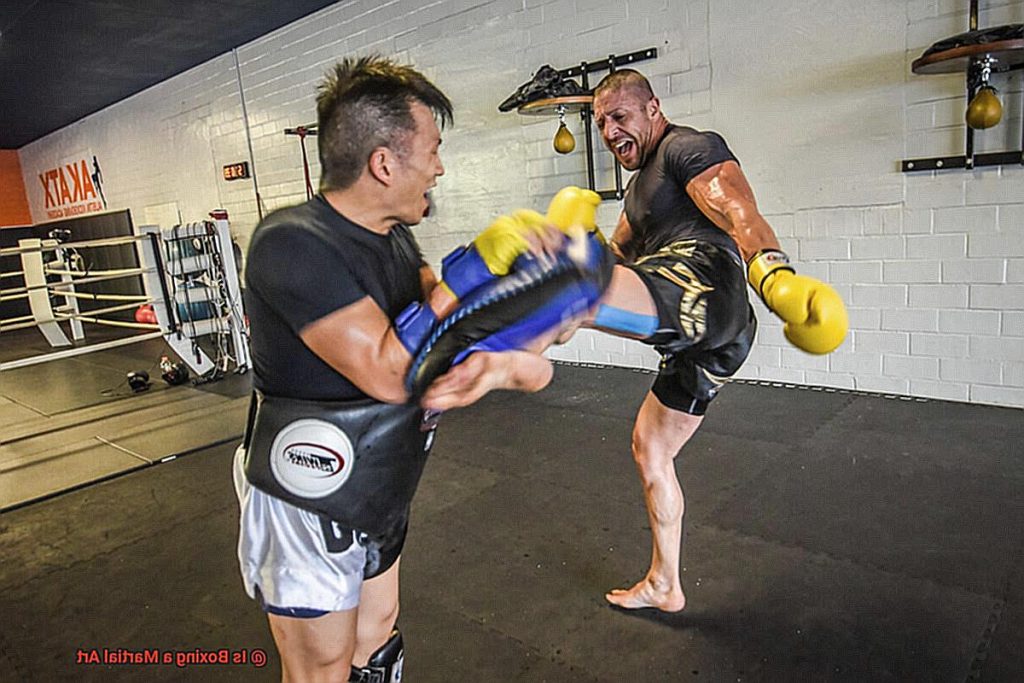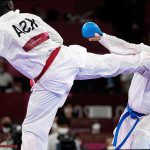Have you ever pondered the question of whether boxing is a martial art? It’s a topic that has sparked heated debates over the years, with some arguing that boxing is nothing more than a sport, while others contend that it possesses all the hallmarks of a martial art.
Martial arts have been an integral part of human history for centuries. Rooted in ancient traditions passed down from generation to generation, these disciplines require a combination of physical agility, mental strength, and spiritual well-being. In contrast, boxing involves two opponents throwing punches at each other within a ring with the objective of knocking out or outscoring their opponent.
The debate surrounding whether boxing is a martial art stems from its similarities to traditional martial arts. Both require discipline and training to master; boxers must develop their physical ability, mental agility, and strategic thinking to succeed in the ring. Similarly, martial artists train to develop strength, speed, and efficient combat techniques.
However, there are distinct differences between boxing and martial arts. Martial arts practitioners focus on a broad range of fighting techniques while boxers primarily use their fists. Additionally, boxing is governed by specific rules and regulations as compared to martial arts where practitioners can utilize various techniques for self-defense.
So what’s the verdict? Is boxing a martial art? The answer isn’t clear-cut but rather nuanced. Boxing can be seen as a sport with elements of martial arts. Nevertheless, mastering it necessitates an immense amount of dedication, discipline, and skill similar to traditional martial arts.
In conclusion, whether you consider boxing as a form of martial art or not comes down to personal interpretation. However one thing is certain – both require hard work and commitment to achieve success within their respective domains.
The History of Boxing
Boxing is a sport that has captivated audiences for centuries, with a rich and storied history that traces back to ancient Greece. Originally known as “pankration”, the early form of boxing was a brutal combination of wrestling and striking where fighters used any means necessary to defeat their opponents. Fast forward to modern-day, and the sport has evolved into a more refined and regulated activity, requiring a combination of strength, skill, and discipline.
During the 18th and 19th centuries, boxing saw immense popularity in England, where it was dubbed the “noble art”. Fighters would engage in bare-knuckle bouts that would go on for hours on end, often resulting in serious injuries or even death. Calls for reform were made, and the introduction of gloves and weight classes in the late 1800s helped to modernize the sport. The Marquess of Queensberry Rules, developed in 1867, also served to standardize boxing and make it safer for competitors.
Today, boxing is considered a legitimate professional sport with a worldwide following. It focuses primarily on punching techniques, footwork, and defensive tactics, requiring not only physical conditioning but also mental discipline. While there are debates over whether boxing should be considered a martial art or not, there is no denying that it takes skill and bravery to participate.
Despite its popularity, boxing has also faced criticism over the years. Some view it as a violent and barbaric activity that should be outlawed. However, others see it as a noble pursuit that requires discipline and skill. Regardless of these debates, there is no denying that boxing remains one of the most popular sports in the world today.
Key Components of Boxing
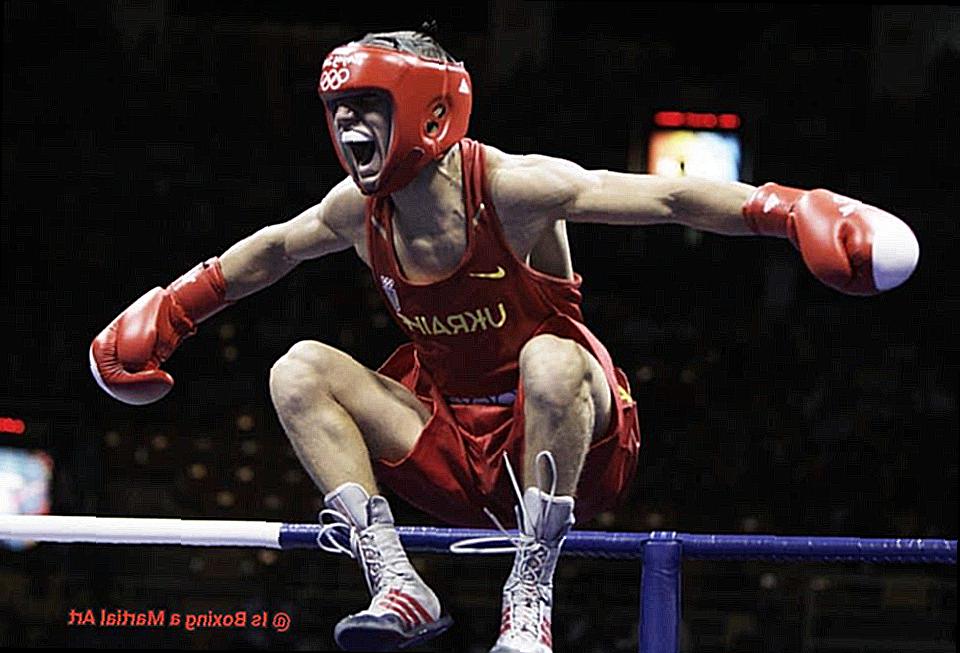
Boxing is not just about punching your opponent until they fall down. It’s a sport that requires a high level of discipline, training, and technique. To become a successful boxer, one must master the five key components of boxing: stance, footwork, punches, defense, and conditioning. These components work together like puzzle pieces to create a complete package of skills that allow a boxer to be successful in the ring.
The Stance
The stance is the foundation of boxing. It is important for maintaining balance and generating power in punches. When taking your stance, your feet should be shoulder-width apart with one foot slightly in front of the other. The lead foot should be turned outward to allow for greater mobility and to protect the lead leg from kicks.
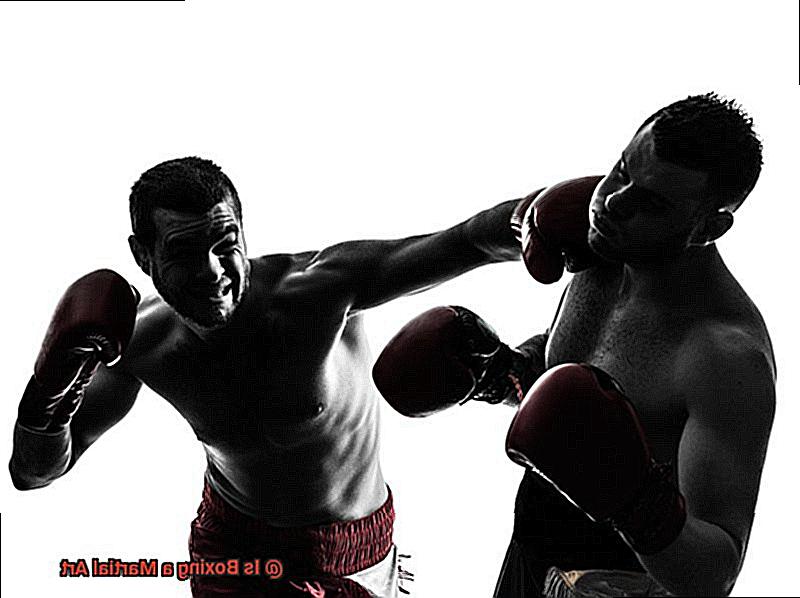
Footwork
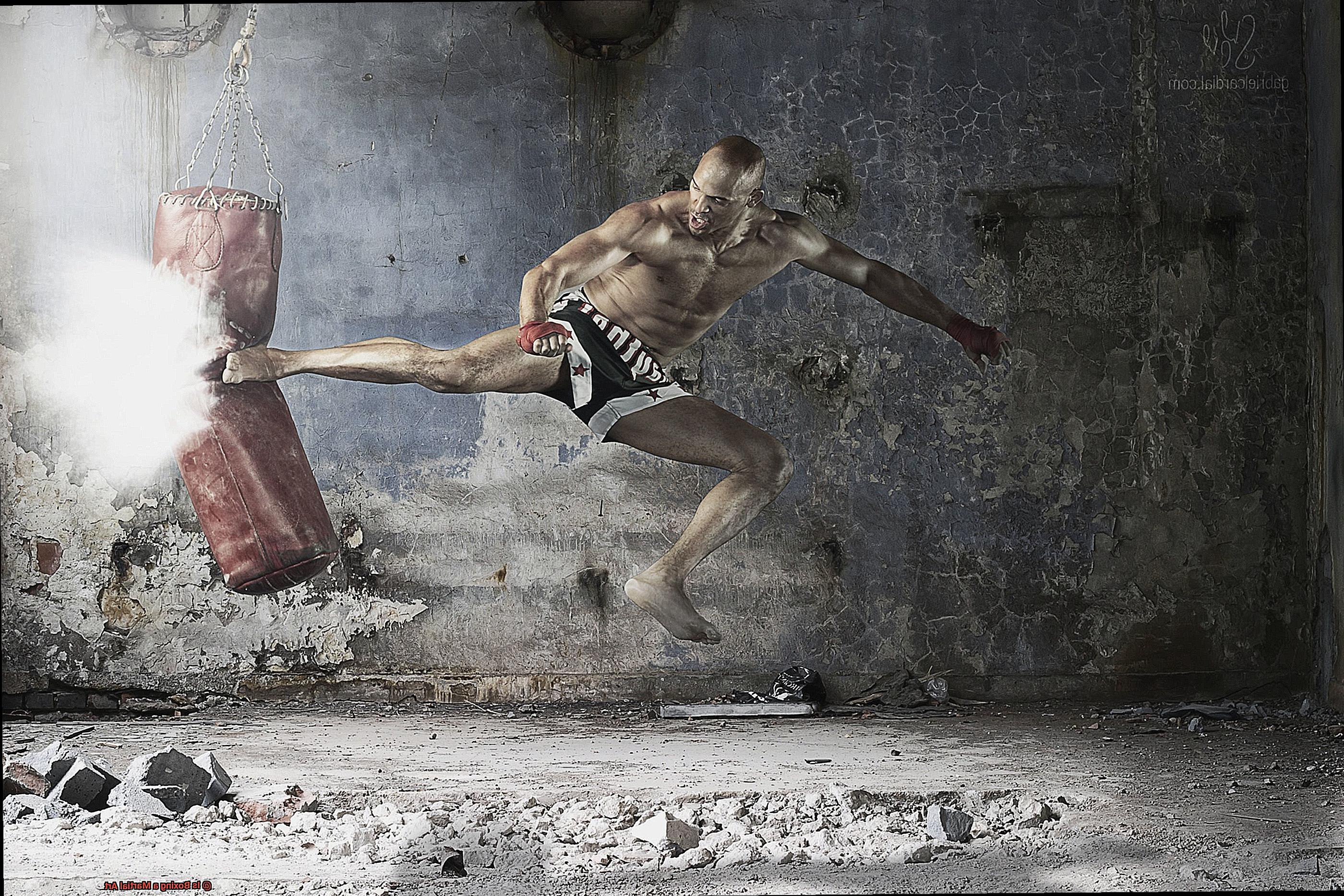
Footwork is essential in boxing as it allows you to move around the ring quickly and efficiently. Good boxers use different types of footwork such as lateral movement, pivoting, and circling to confuse their opponents and create openings for punches. Your footwork should be light and quick, allowing you to move in and out of range without getting hit.
Punches
Punches are the main offensive weapon in boxing. There are four basic types of punches: the jab, cross, hook, and uppercut. Each punch has its own unique technique and purpose. For example, the jab is used to set up other punches or to keep an opponent at bay, while the hook is used to deliver a powerful blow to an opponent’s head or body.
Defense
Defense is also crucial in boxing as it allows you to avoid incoming punches from your opponent. Boxers use various defensive techniques such as blocking, slipping, and parrying to evade punches. In addition, boxers use footwork to create distance between themselves and their opponents.
Finally, conditioning is vital in boxing as it ensures that you can perform at your best for the entire duration of a fight. Boxers typically engage in intense cardiovascular training such as running and jumping rope, as well as strength training exercises such as weightlifting and calisthenics. Without proper conditioning, you will quickly become fatigued and unable to perform at your best.
In conclusion, mastering the five key components of boxing is essential for success in this sport. With discipline, training, and technique, you can become a formidable opponent in the ring.
Does Boxing Qualify as a Martial Art?
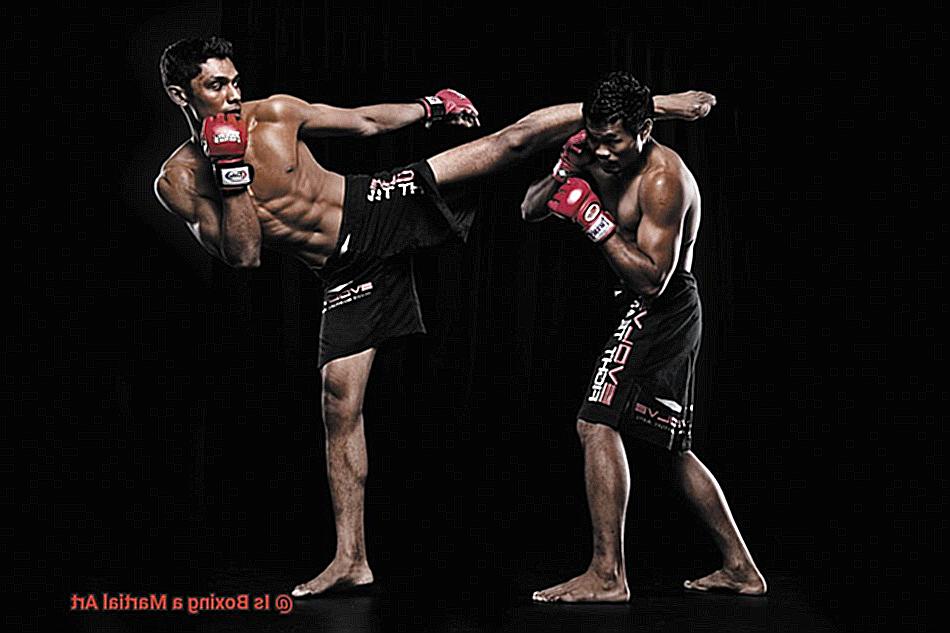
Boxing is an electrifying sport that has been around for centuries, and the question of whether it qualifies as a martial art is a hotly debated topic. The answer to this question ultimately depends on how one defines martial arts and what they entail.
Martial arts are typically associated with Asian cultures and are defined as traditional forms of combat training that involve various techniques and disciplines for self-defense and personal development. They emphasize the integration of mind, body, and spirit and have a rich history and culture.
Boxing, on the other hand, is a Western sport that developed in England in the 18th century. It focuses primarily on punches and footwork to outmaneuver an opponent and score points or knock them out.
However, boxing’s differences from traditional martial arts don’t necessarily disqualify it from being considered a martial art. Boxers train extensively in strategy, technique, and physical conditioning to hone their skills through repetition and discipline. They develop incredible speed, power, and agility, making them formidable opponents in the ring.
Moreover, like traditional martial artists, boxers must possess mental toughness and resilience to succeed in the sport. They must overcome fear and doubt while maintaining a high level of focus throughout the match. In this sense, boxing can be seen as a form of personal development that requires discipline, perseverance, and dedication.
Despite these similarities, boxing lacks the spiritual and philosophical aspects of traditional martial arts. Boxers do not necessarily cultivate the same level of inner harmony and balance as martial artists. While they may develop mental toughness through their training, they do not necessarily strive for enlightenment or self-discovery.
In conclusion, whether or not boxing qualifies as a martial art is subjective. While it does not fit the traditional mold of Asian martial arts, it still requires skill, dedication, and training to excel in the sport. Boxers must possess incredible physical abilities while also developing mental toughness to succeed in the ring.
Benefits of Practicing Boxing as a Martial Art
Boxing is a dynamic sport that goes beyond just physical fitness. It is an art that can help you improve your overall well-being. Here are some of the top benefits of practicing boxing as a martial art:
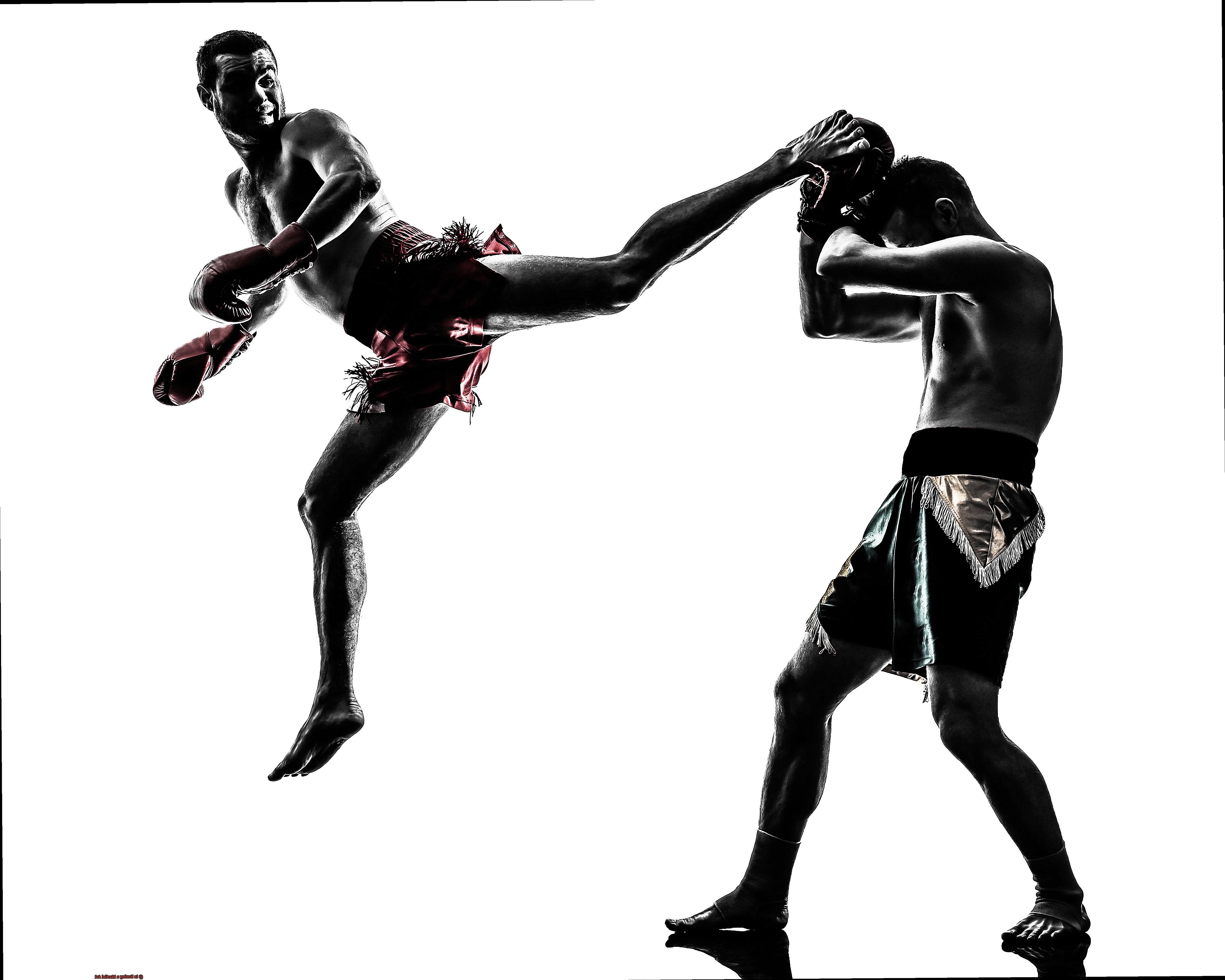
Self-Defense
Boxing is an excellent way to learn self-defense techniques that can help you protect yourself in real-life situations. From jabs to hooks and uppercuts, boxing techniques can be highly effective in keeping danger at bay. Mastering the art of punching with power and precision can make you feel more confident about defending yourself.
Mental Toughness
The discipline required for boxing can help you build mental toughness and resilience. The intense concentration and focus demanded by the sport can transfer into other aspects of life, making you more disciplined and dedicated. Pushing yourself beyond your limits during training can help build mental strength and resilience.
Physical Health
Boxing is a full-body workout that improves cardiovascular health, coordination, and endurance. It also helps reduce the risk of heart disease and improves overall balance, coordination, and flexibility. If you’re looking for an exercise that can improve your overall fitness level, boxing is an excellent choice.
Stress Relief
Boxing can be a great way to relieve stress. The intense physical activity helps release endorphins, which are natural mood boosters that can help you feel more relaxed and less anxious.
Discipline
Practicing boxing requires discipline, focus, and dedication. These qualities can translate into other areas of life, helping you achieve success in other areas of your life as well.
In conclusion, practicing boxing as a martial art has numerous benefits for individuals looking to improve their physical and mental health. With its ability to improve self-defense skills, build mental toughness, improve physical health, relieve stress, and promote discipline, boxing is an all-around beneficial martial art to practice.
Challenges of Practicing Boxing as a Martial Art
Boxing may be a well-known combat sport, but it also has a place among martial arts due to its emphasis on striking and footwork. However, practicing boxing as a martial art is not without its challenges.
One of the primary obstacles is the lack of traditional techniques and philosophies found in other martial arts. Boxing mainly focuses on punching and footwork, limiting the range of techniques available to boxers. As a result, adapting to different combat scenarios can be difficult.
Another challenge is the physical toll that boxing takes on the body. Due to the nature of the sport, boxers are at high risk for injuries such as concussions, broken bones, and cuts. These injuries can hinder boxers’ ability to continue training and competing at a high level over time.
In addition, the competitive nature of boxing can also pose challenges for those who practice it as a martial art. The focus on winning and defeating opponents can overshadow personal growth and development, which is crucial in martial arts.
Despite these challenges, many boxers still view their sport as a form of martial art. They see the discipline and dedication required to succeed in boxing as similar to that found in other traditional martial arts. Although boxing’s status as a martial art is debatable, there’s no denying the challenges and rewards that come with practicing it.
While practicing boxing as a martial art may present unique challenges, it offers numerous benefits. Becoming a skilled boxer requires discipline, dedication, and an unwavering commitment to self-improvement.
How to Get Started in Boxing as a Martial Art
Boxing as a martial art is an exciting and rewarding journey that requires discipline, dedication, and a willingness to learn. Here are five essential steps to get started in boxing as a martial art:
Step 1: Find a reputable gym or coach
The first step to getting started in boxing as a martial art is finding a reputable gym or coach. Look for someone with experience in teaching boxing as a martial art and has a good reputation. A good coach will help you develop proper technique and form, create a training program tailored to your fitness level and goals, and motivate you to push yourself to new heights.
Step 2: Invest in the proper equipment
You can’t start boxing without the right equipment. Boxing gloves, hand wraps, and mouthguards are essential equipment that every boxer needs. Wearing comfortable clothing and shoes that allow you to move freely is also important. Make sure you invest in quality equipment that fits you well to perform at your best.
Step 3: Train regularly and stay committed
Boxing requires discipline and dedication, so it’s important to practice consistently to improve your skills. Focus on mastering the basics of boxing such as footwork, stance, and jabbing before moving on to more advanced techniques. Remember, practice makes perfect.
Step 4: Consider competing in amateur boxing tournaments
If you’re looking for an opportunity to test your skills and gain experience in the ring, consider competing in amateur boxing tournaments. It’s a great way to challenge yourself and see how far you’ve come.
Step 5: Focus on developing mental toughness
Boxing is not just about physical skill but also mental toughness. As you train, focus on developing discipline, perseverance, and focus. These qualities will not only help you in the ring but also in other areas of your life. Remember to stay positive and never give up.
Overall, getting started in boxing as a martial art requires commitment and hard work, but the physical and mental benefits are worth it.
Find a reputable gym or coach, invest in proper equipment, train regularly, consider competing in tournaments, and focus on developing mental toughness. With the right mindset and dedication, you can become a skilled boxer.
0lfoJhOXb5U” >
Conclusion
In conclusion, the debate over whether boxing is a martial art has raged on for years. While some argue that it is simply a sport, others contend that it embodies all the characteristics of a true martial art. Boxing has evolved significantly from its savage origins in ancient Greece to become a modern-day sport that demands discipline, skill, and technique.
Despite not conforming to the traditional mold of Asian martial arts, boxers undergo intensive training in strategy, technique, and physical conditioning to perfect their skills through repetition and discipline.
As such, boxing offers numerous benefits for individuals looking to improve their physical and mental health. Practicing it as a martial art can help you learn self-defense techniques, build mental toughness and resilience, improve your physical health, relieve stress, and promote discipline.
However, there are also challenges associated with practicing boxing as a martial art. For instance, unlike other martial arts that have traditional techniques passed down through generations, boxing lacks such elements. Additionally, the physical toll boxing takes on the body can be daunting.
If you’re interested in exploring boxing as a martial art form, start by identifying a reputable gym or coach who can help you develop proper technique and form tailored to your fitness level and goals. Investing in quality equipment like gloves, hand wraps, mouthguards is key to ensuring safety while comfortable clothing and shoes allow free movement during training sessions.
Training regularly with an emphasis on mastering the basics before advancing to more complex techniques is essential for success. Consider participating in amateur tournaments if you want to challenge yourself further.
Finally, cultivating mental toughness by fostering discipline perseverance and focus both inside and outside the ring will take your skills to new heights.

